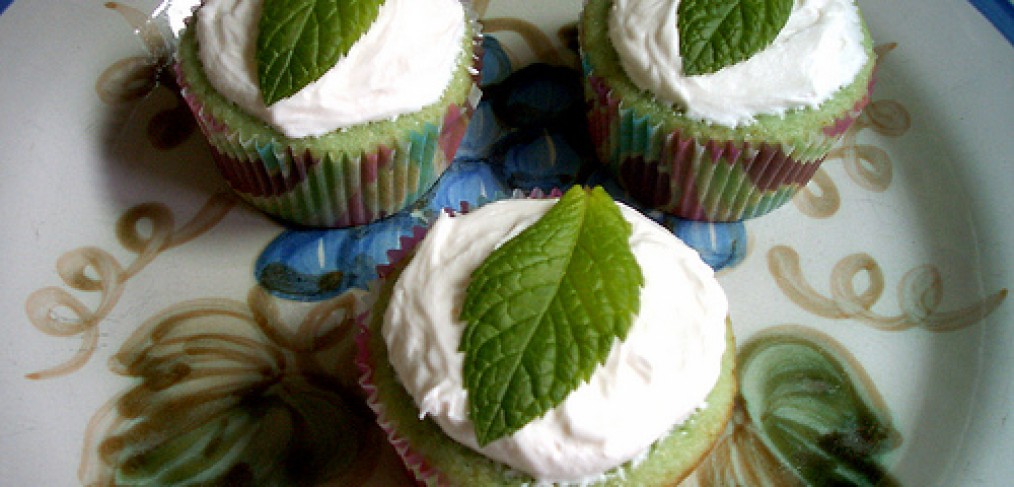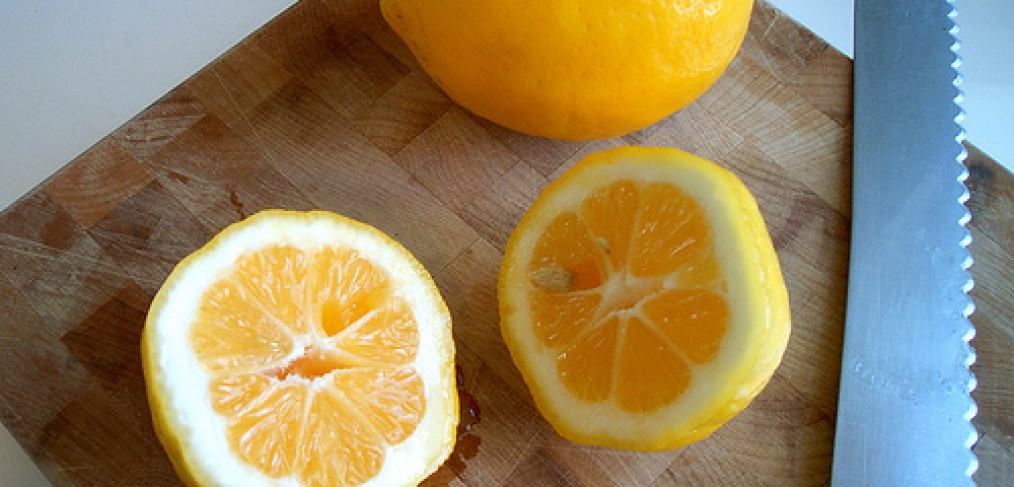
No more for me, thanks; I’m driving.
May isn’t the most holiday-heavy month of the year, and because of that, most people tend to associate it with one of two days: Memorial Day, which is a real holiday, and Cinco de Mayo, which is not. For people of the Southern persuasion, however, May is all about the first Saturday of the month: the running of the first leg of the Triple Crown, the most exciting two minutes in sports, Kentucky Derby Day. Big hats, mint juleps, blue grass, Hot Browns, mint juleps, bourbon, fried green tomatoes, mint juleps, etc. Oh, and there’s a horse race or something, too.
But you needn’t celebrate horse racing for only three days of the year. (Fine, just two days – only douchebag frat boys celebrate Preakness.)
Like most legacy cocktails, the history of the mint julep is clouded in the hangover of the past. The name itself is a mutation of the Persian word for “rosewater,” and we can see how far it’s come from that simple definition. Even just a debate over the proper preparation of the drink is equivalent to fightin’ words in some circles of the Deep South. Muddle the mint or no? Simple syrup or superfine sugar? Cracked ice or seltzer water? It hardly matters, since a long drink like the mint julep is little more than a bourbon delivery system anyway. Besides, we’re making cupcakes today, albeit those of the boozy, minty, julep-y variety.
My horse lost, by the way. Stupid longshots. Off to the glue factory, you worthless flea biscuit!
Read More›






